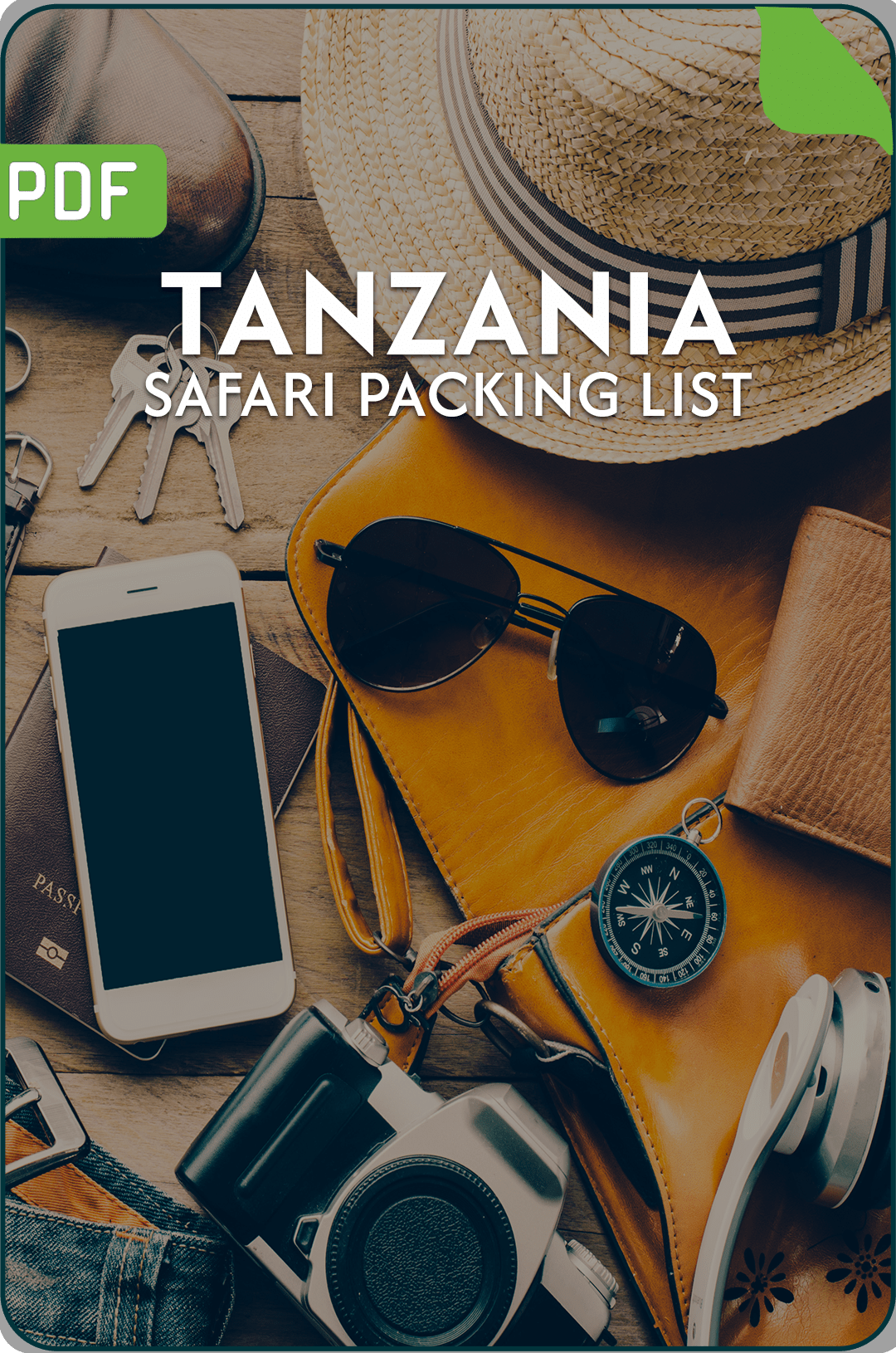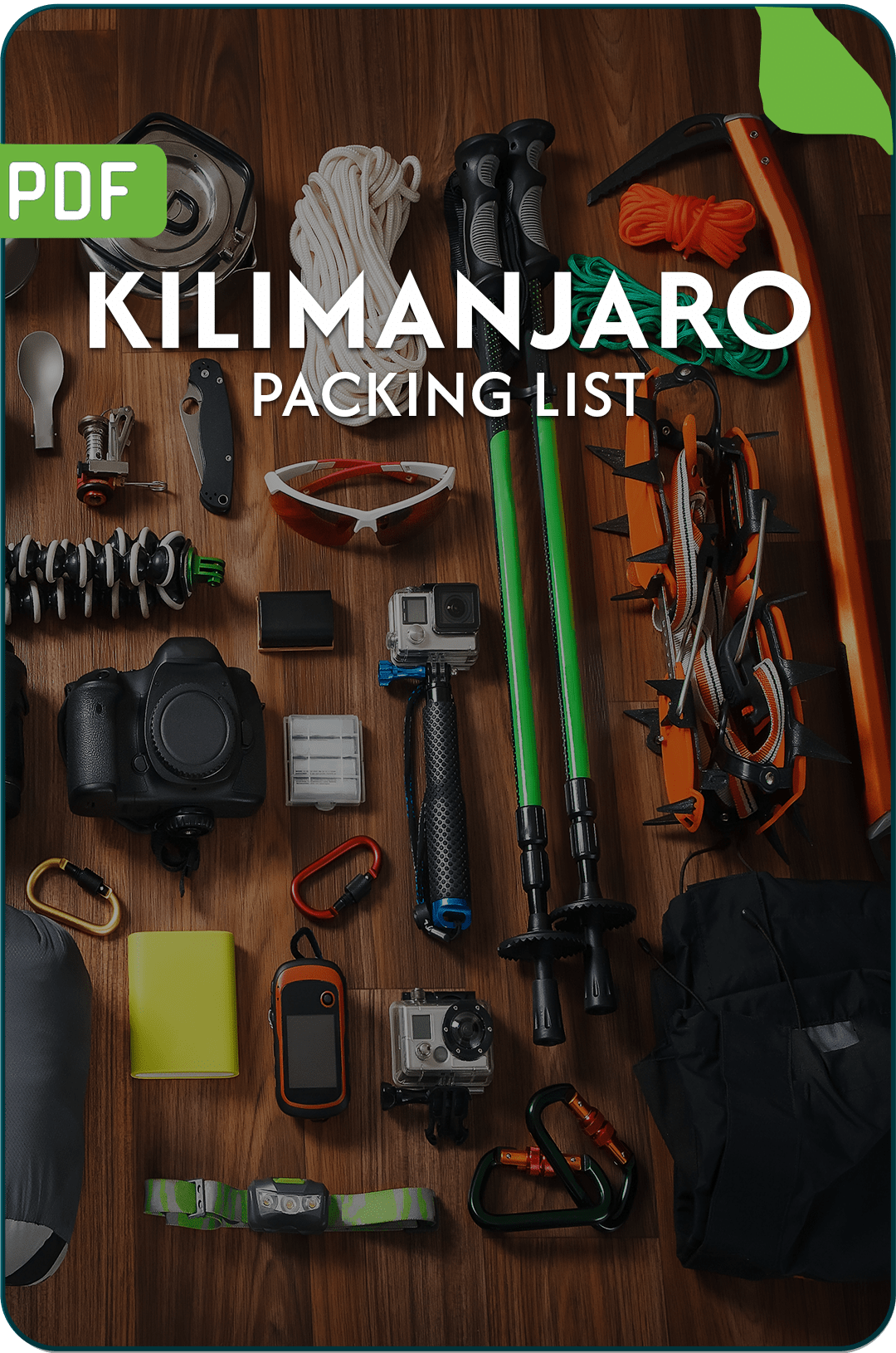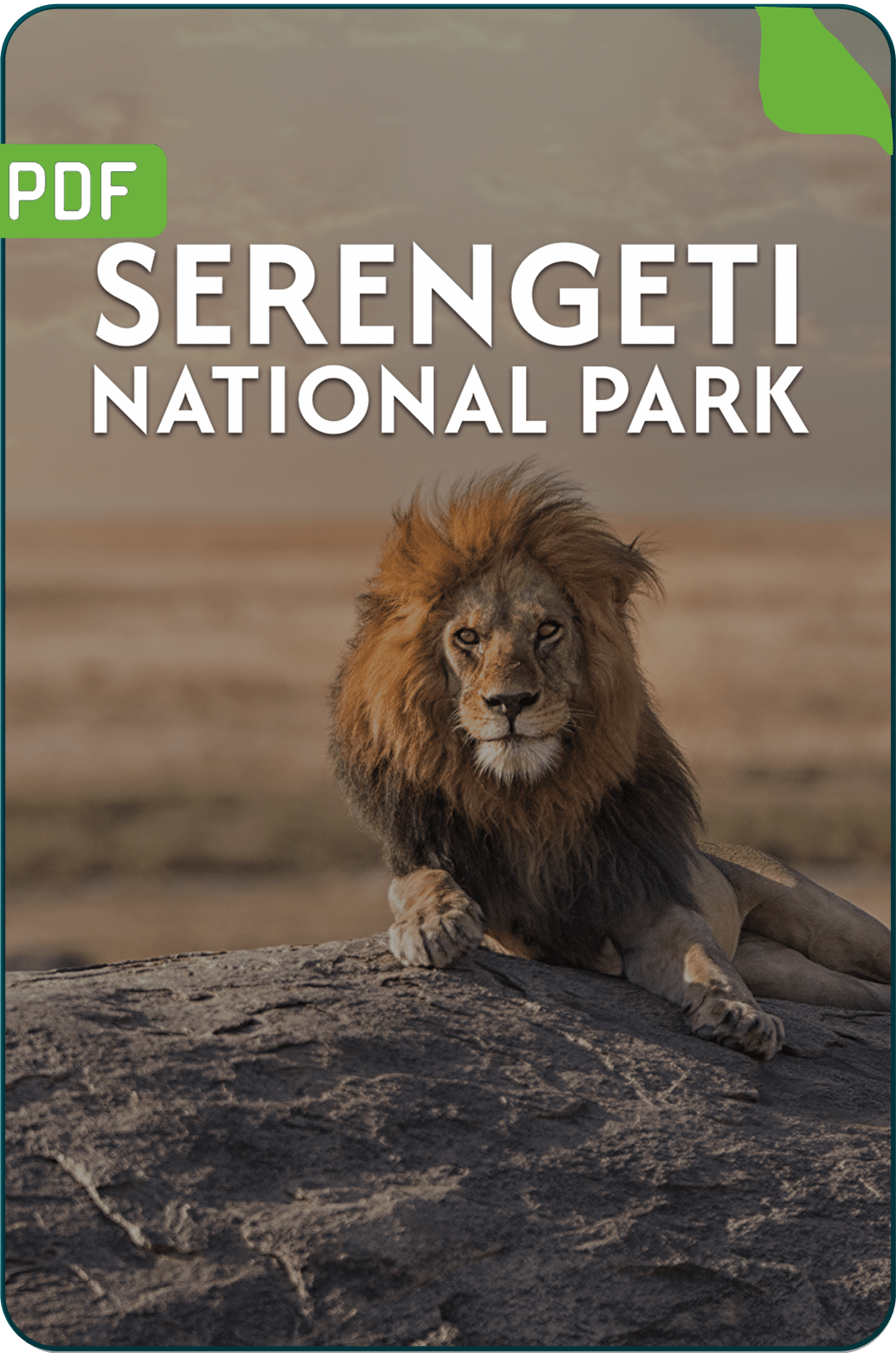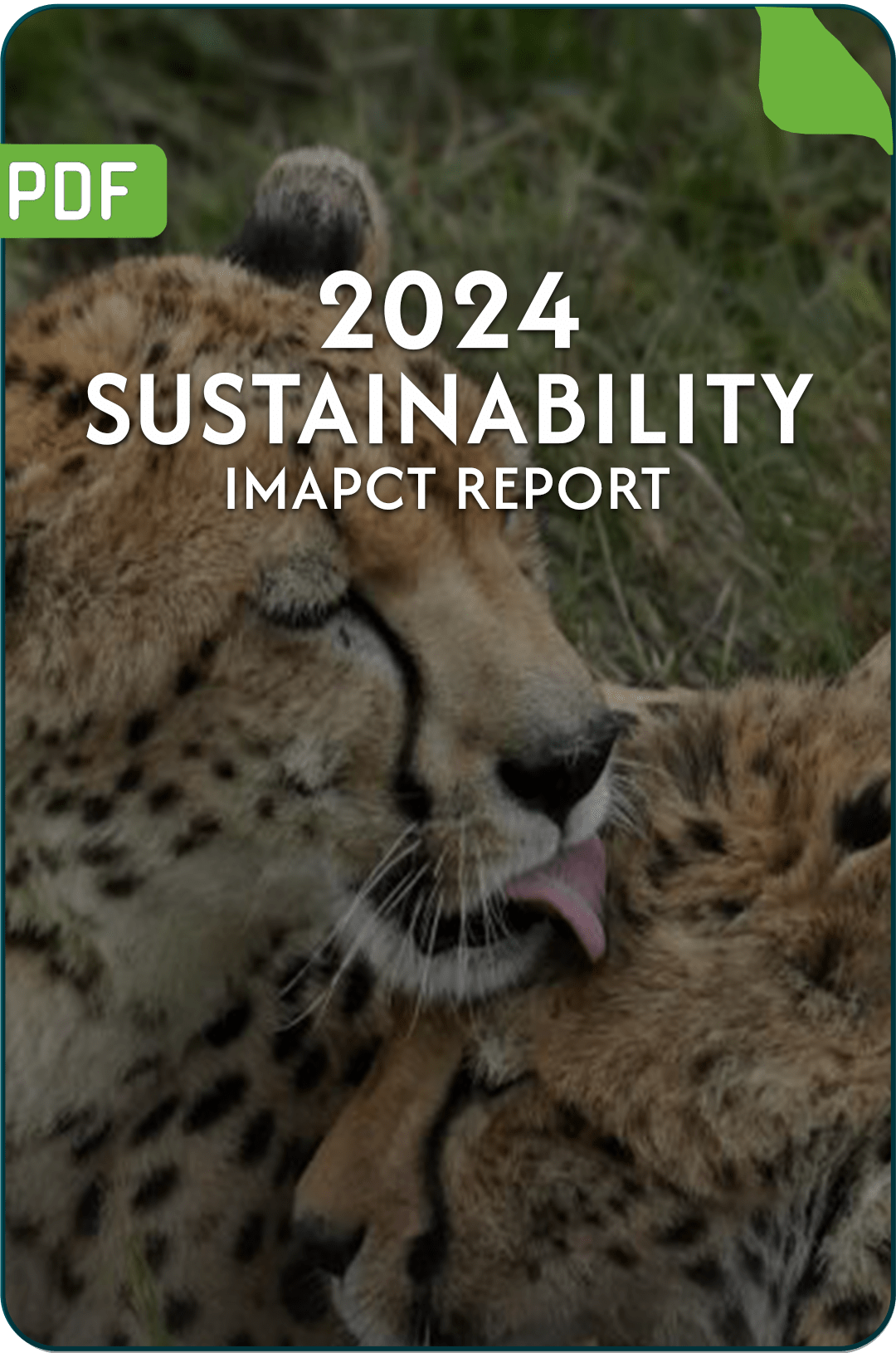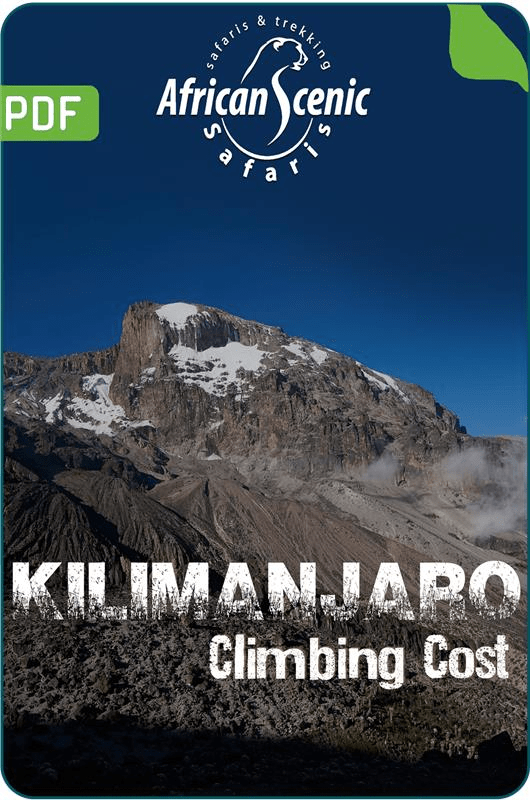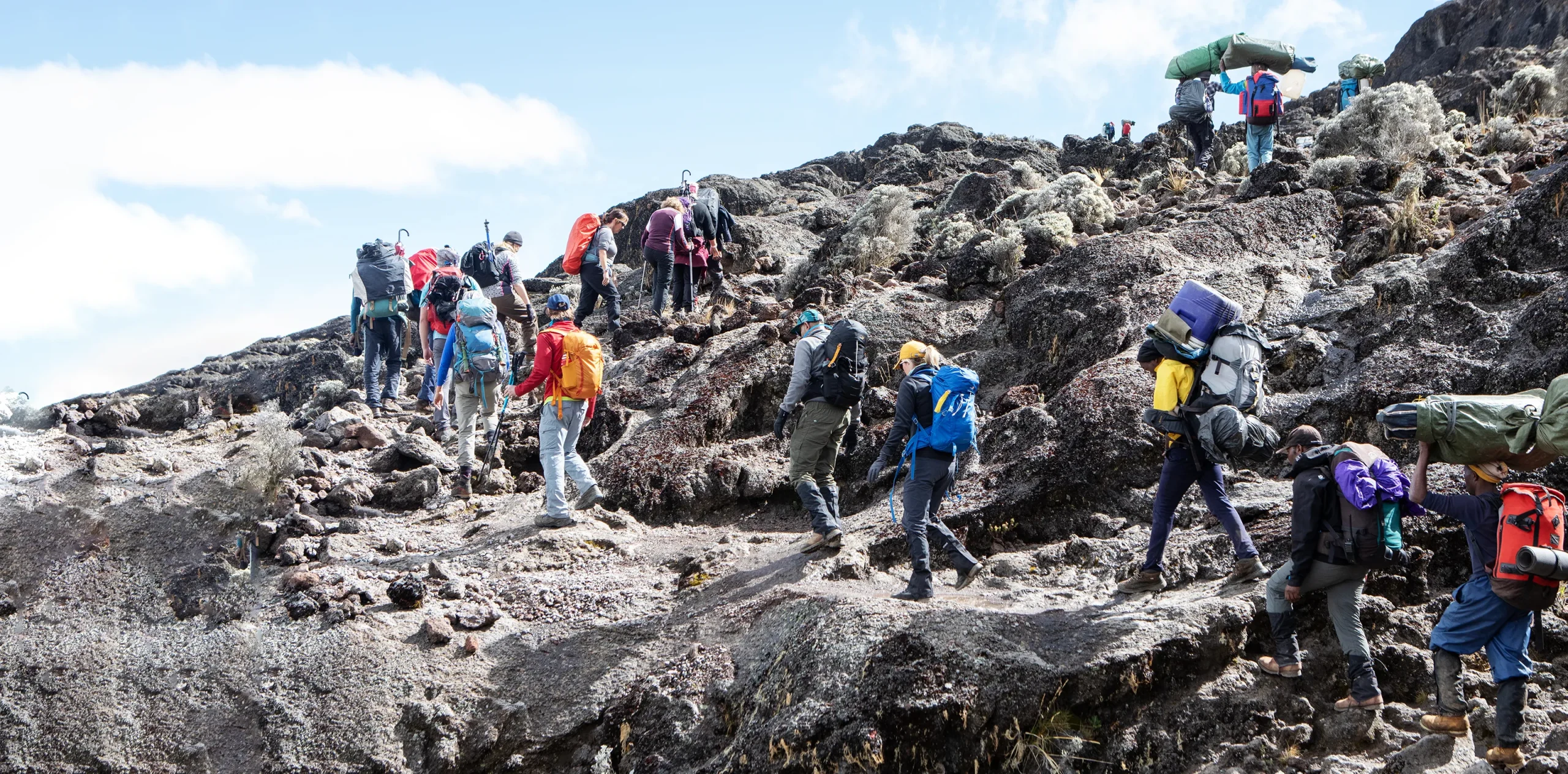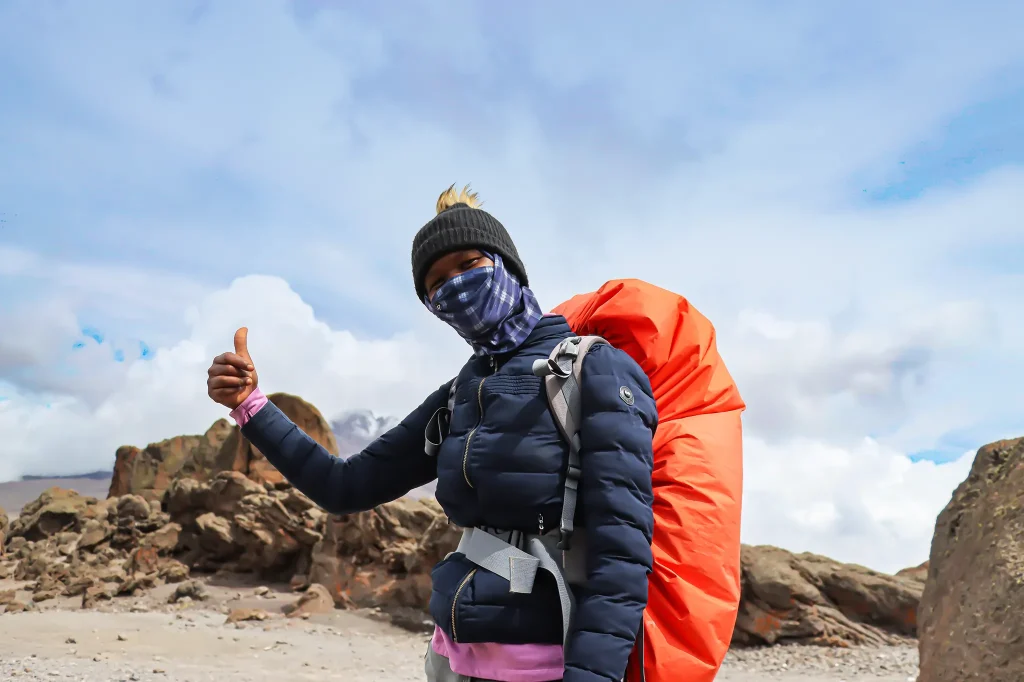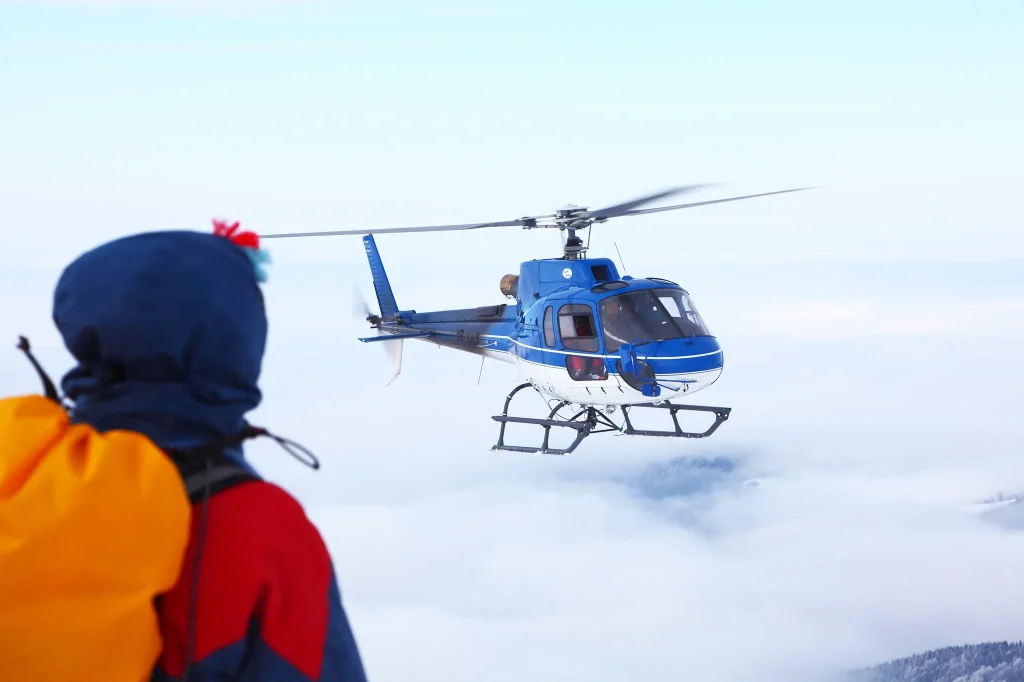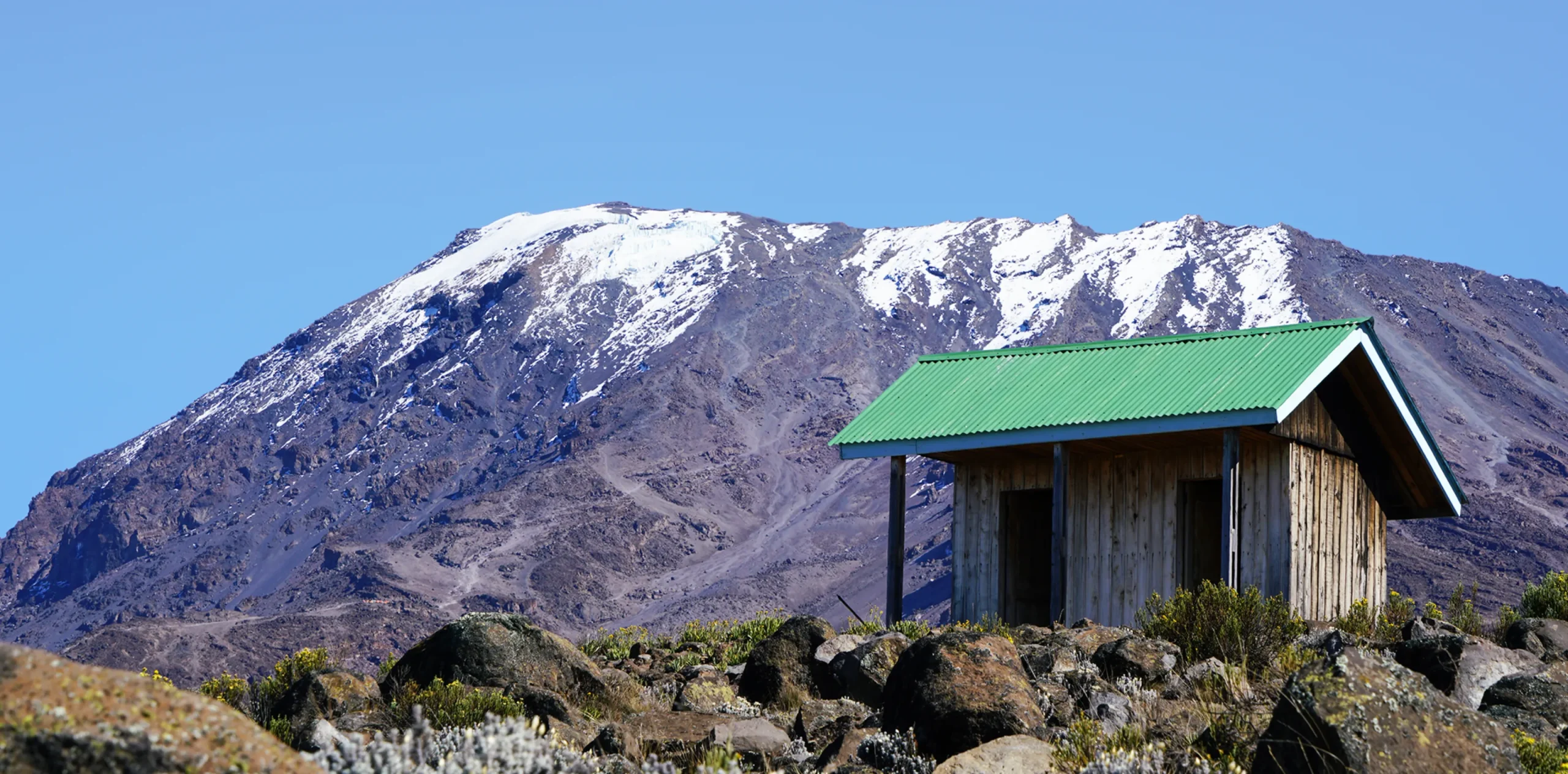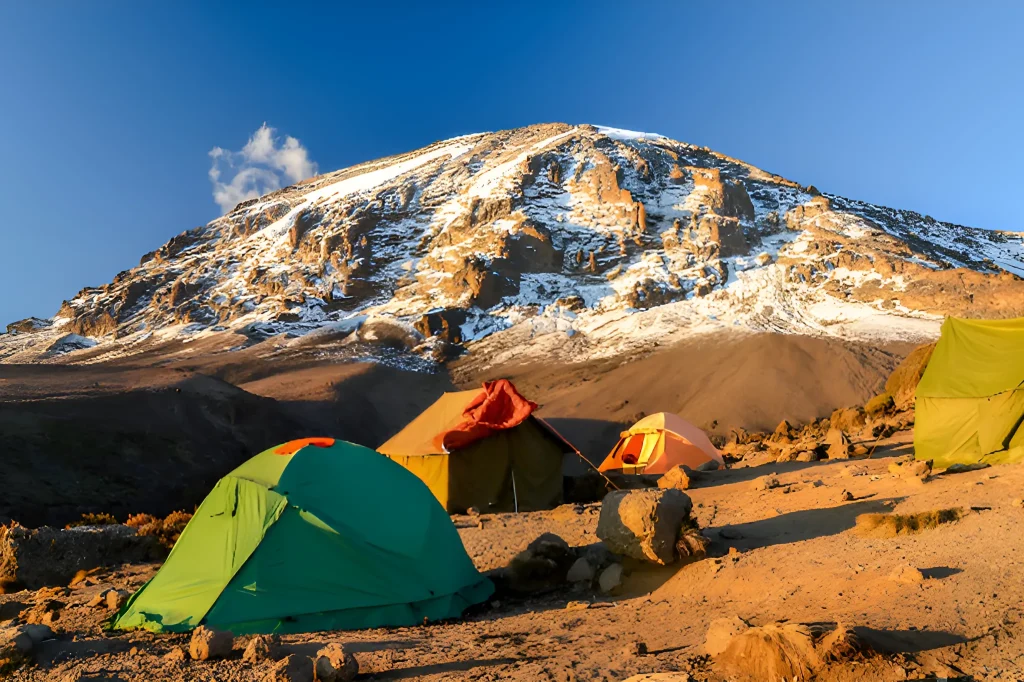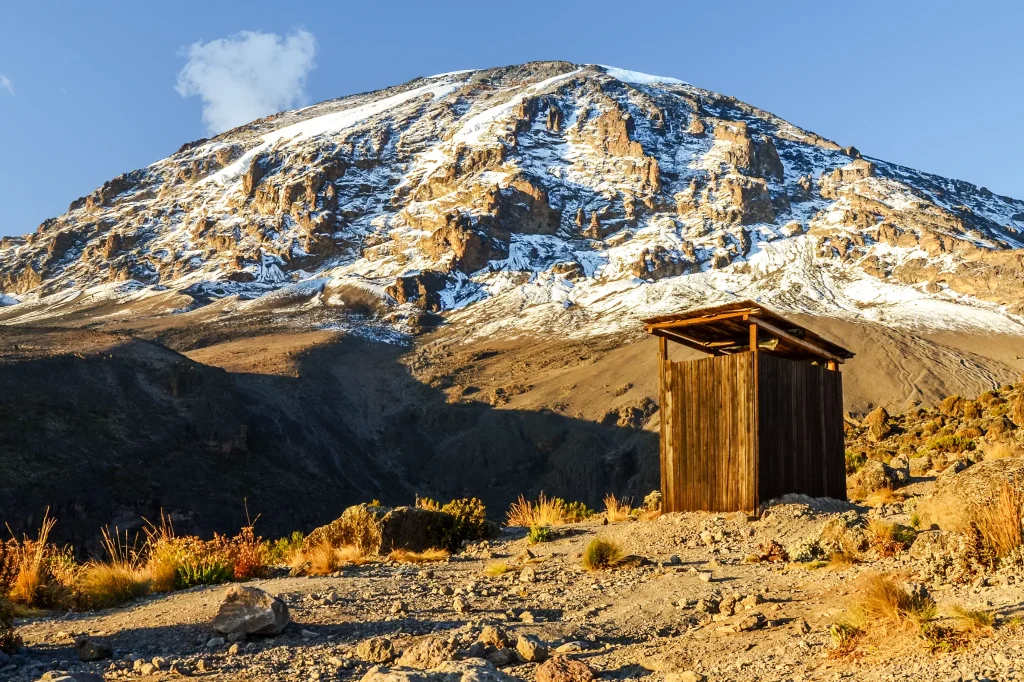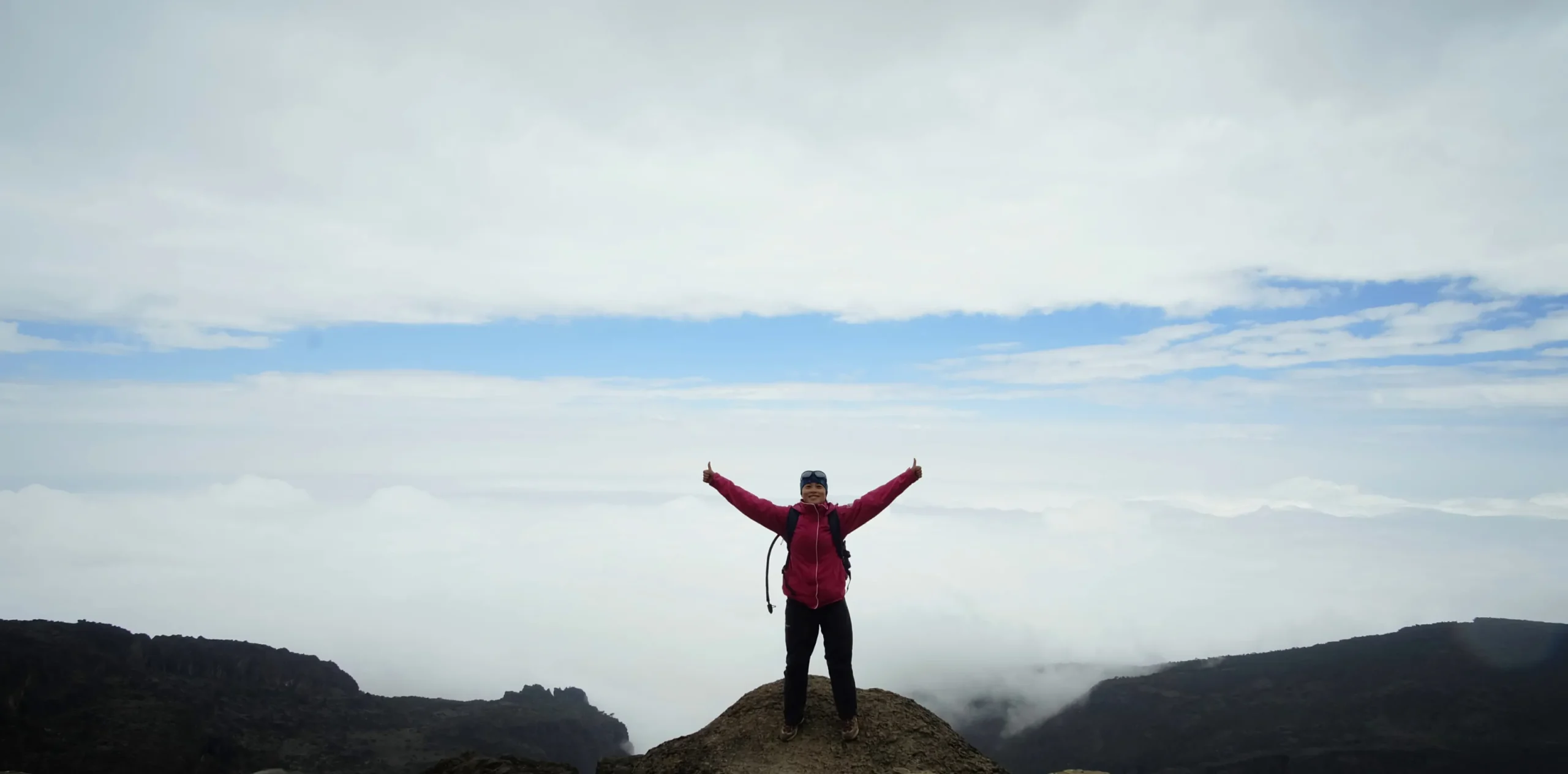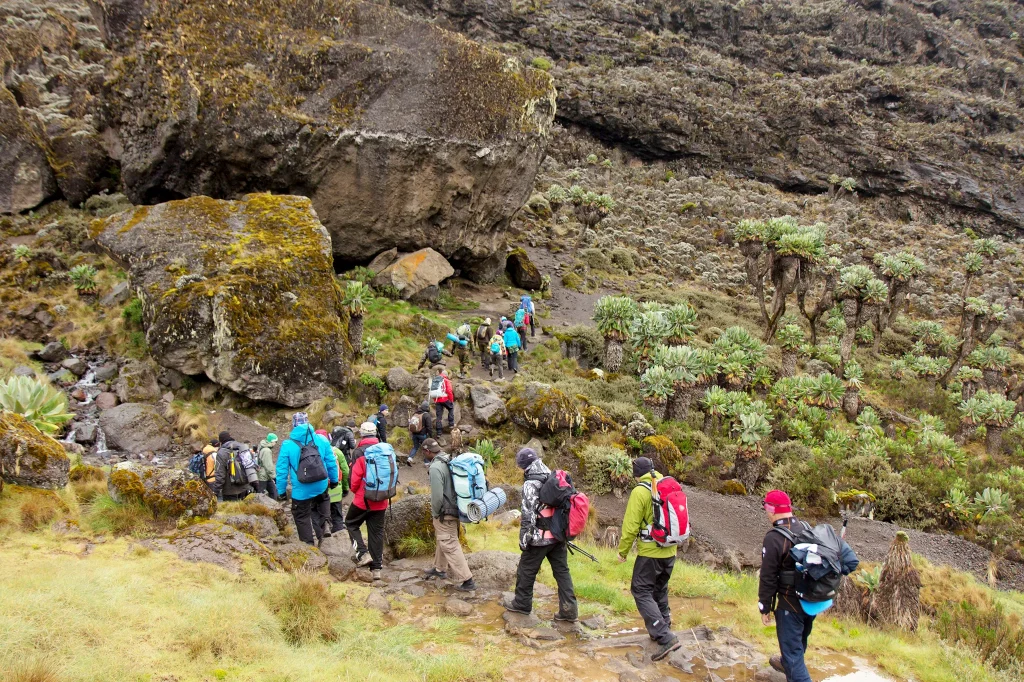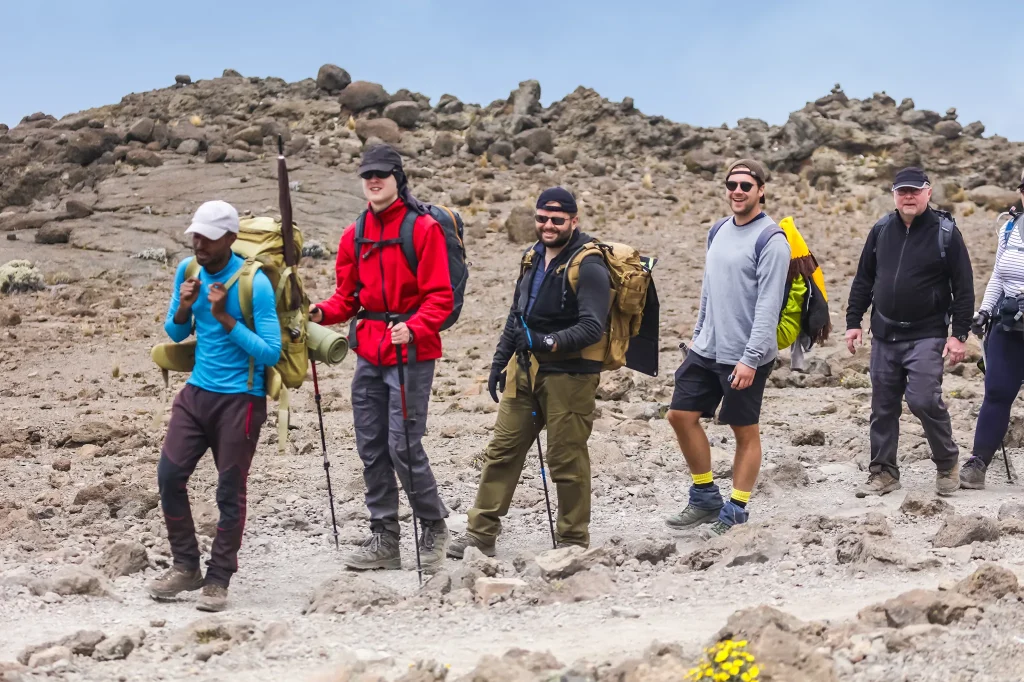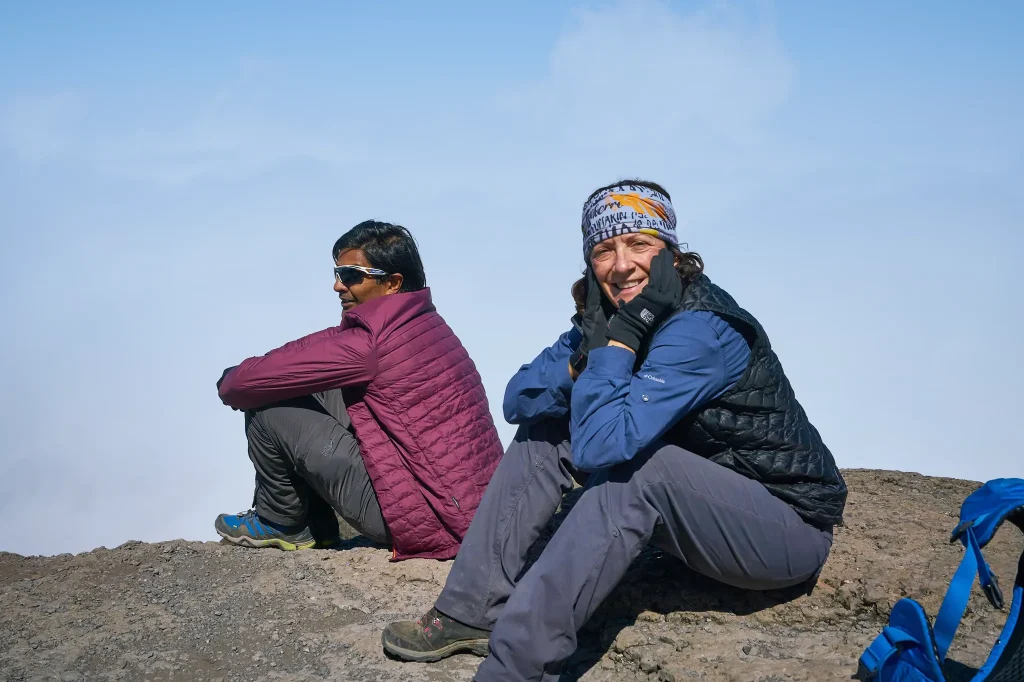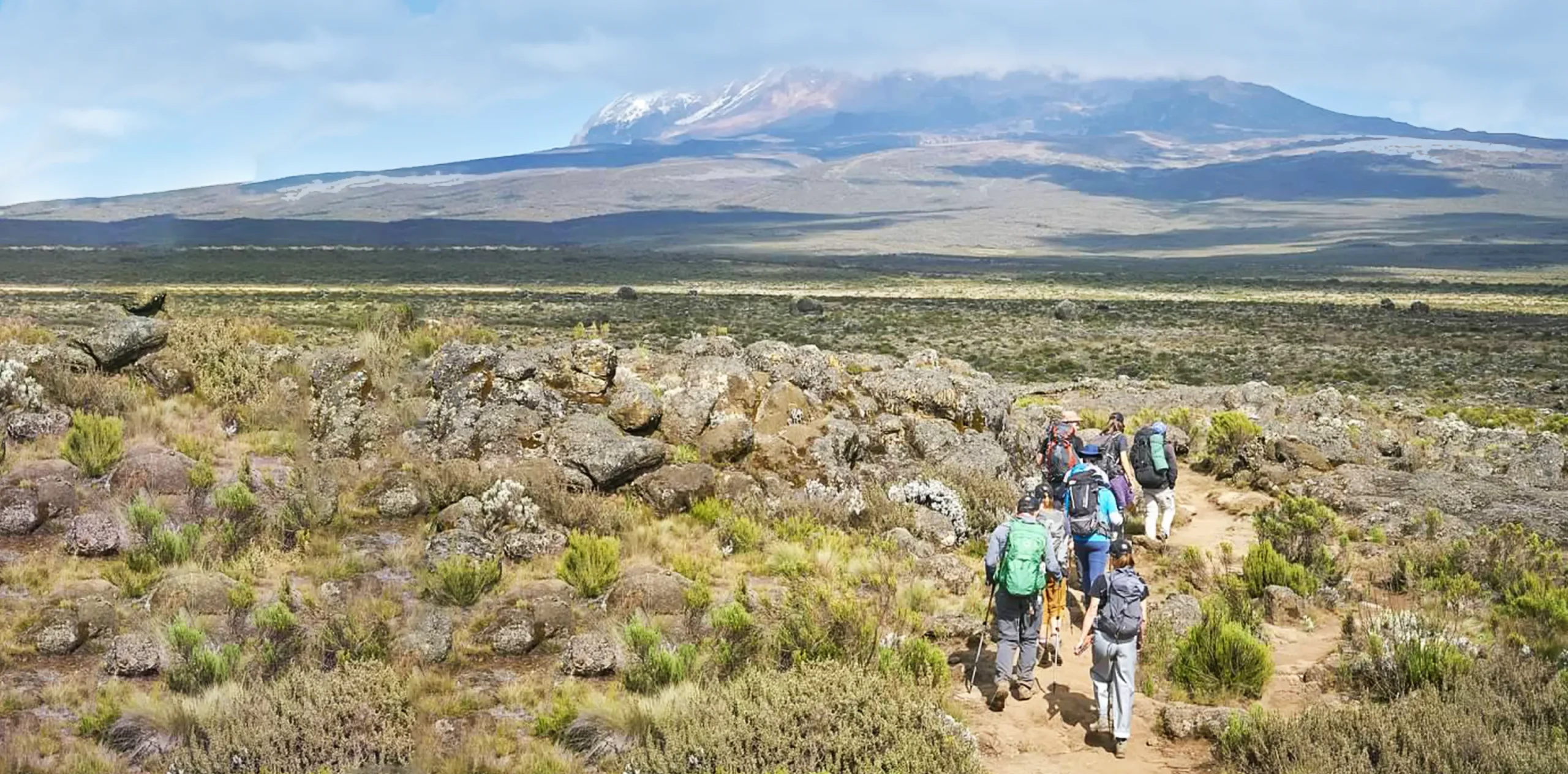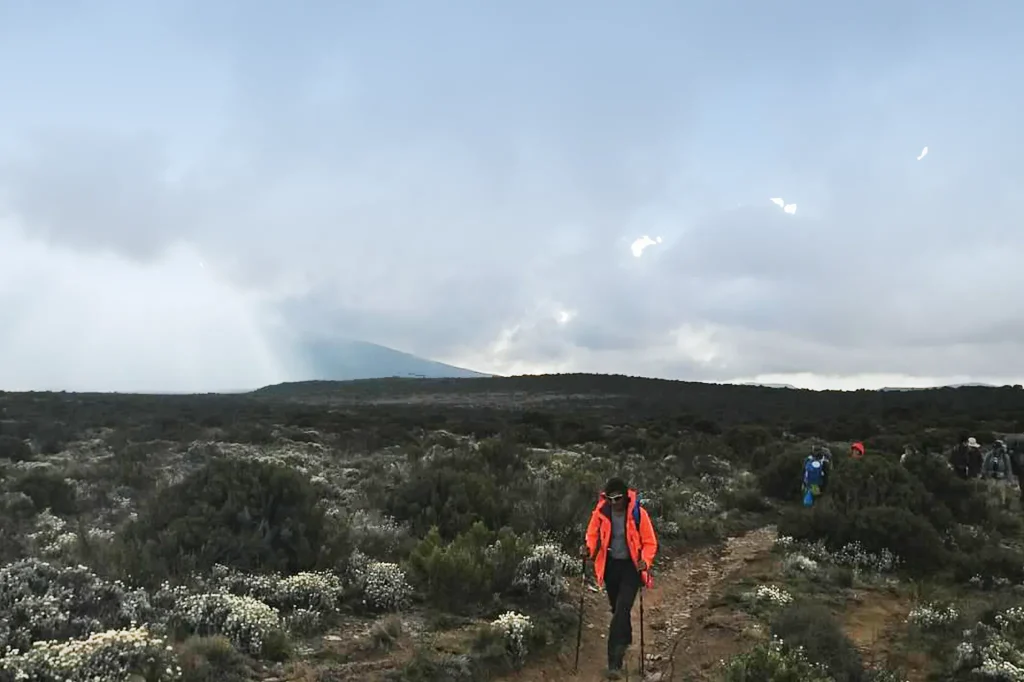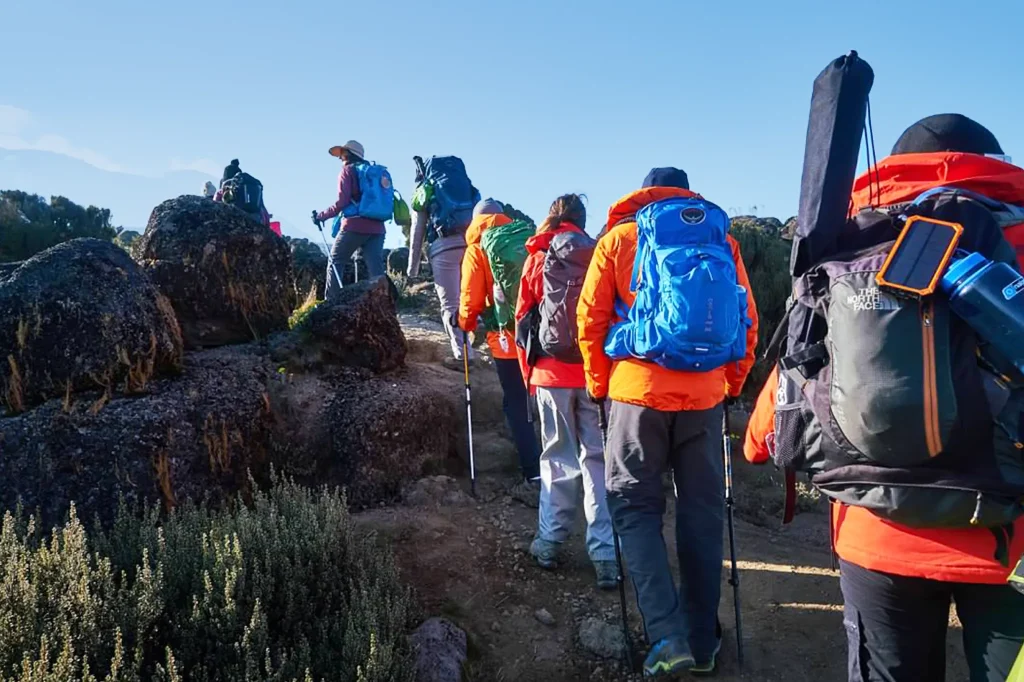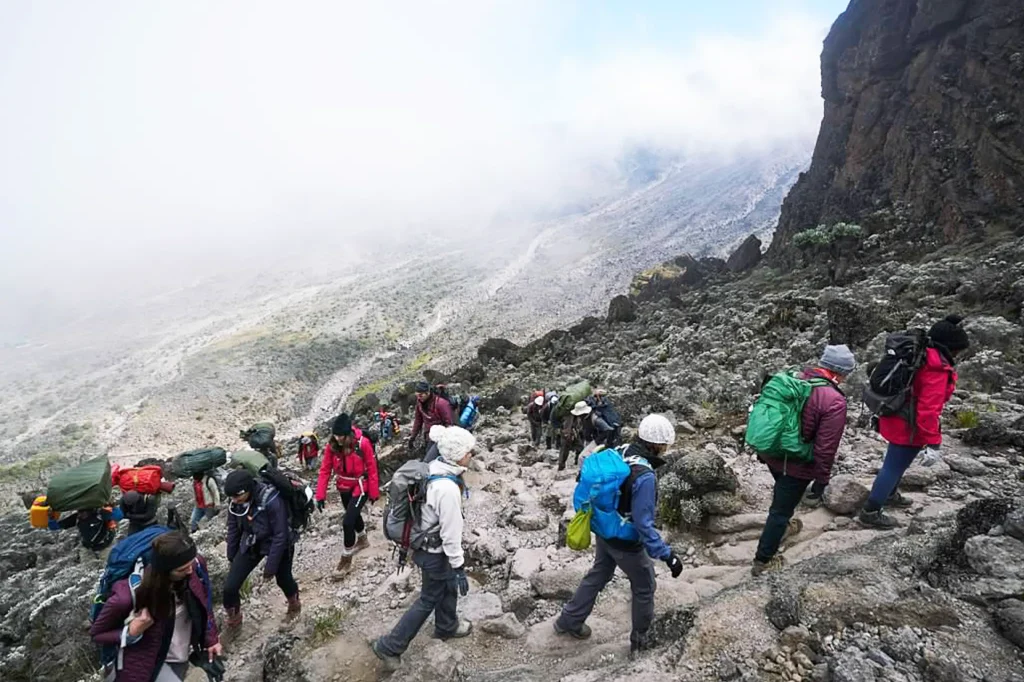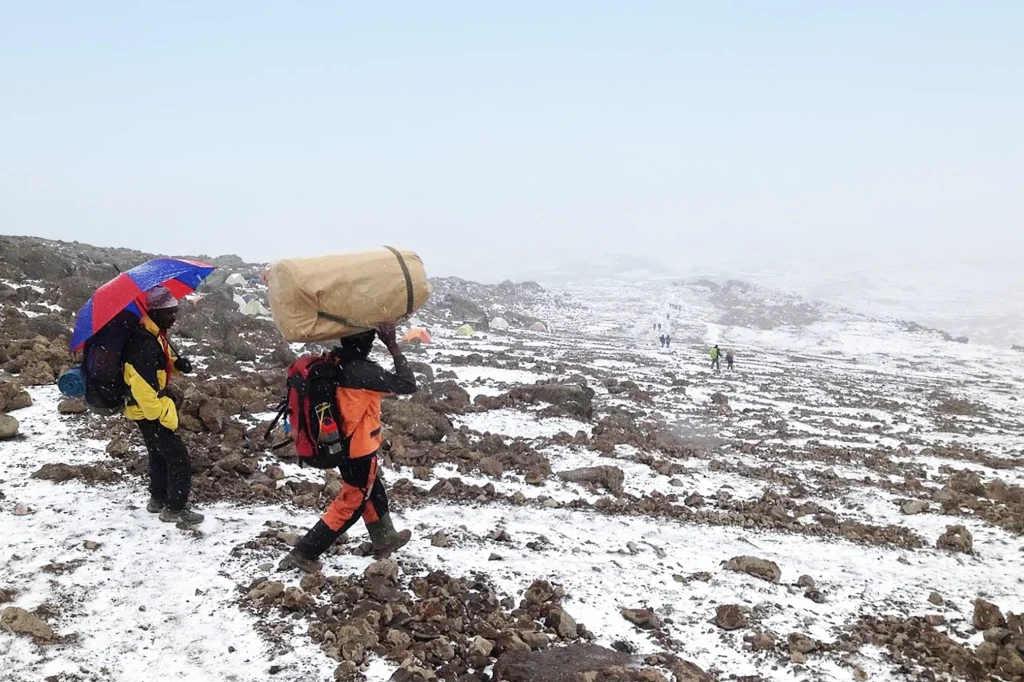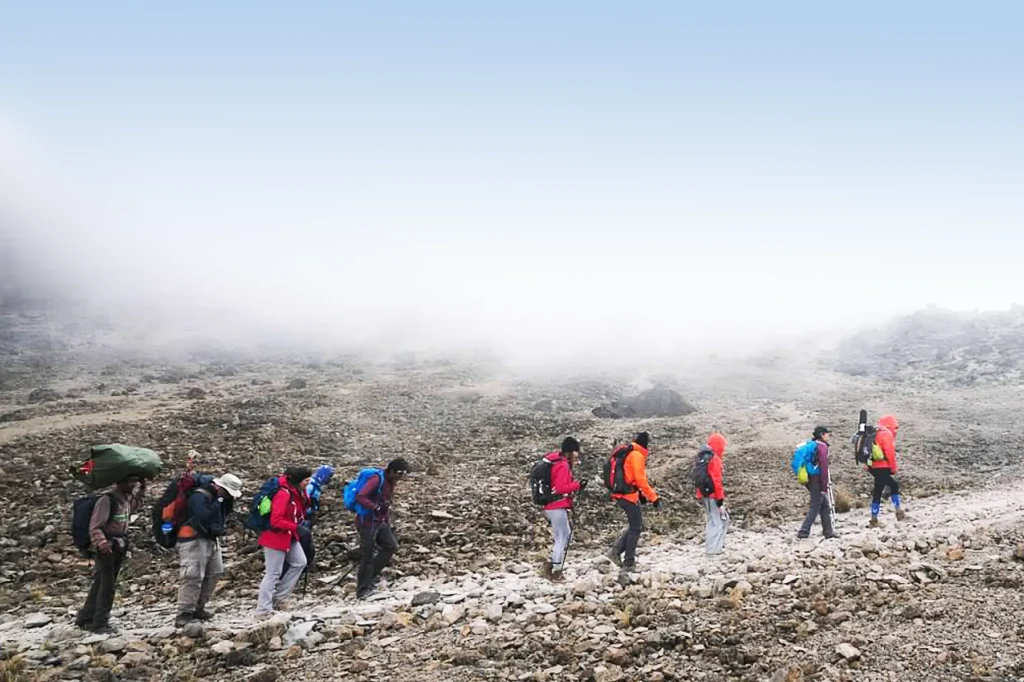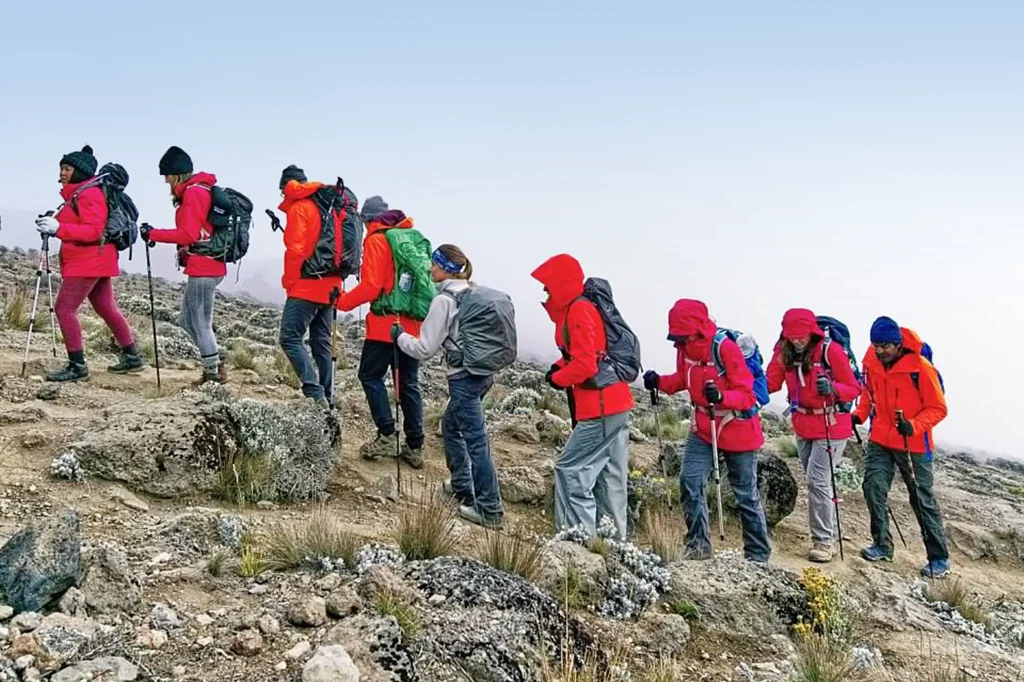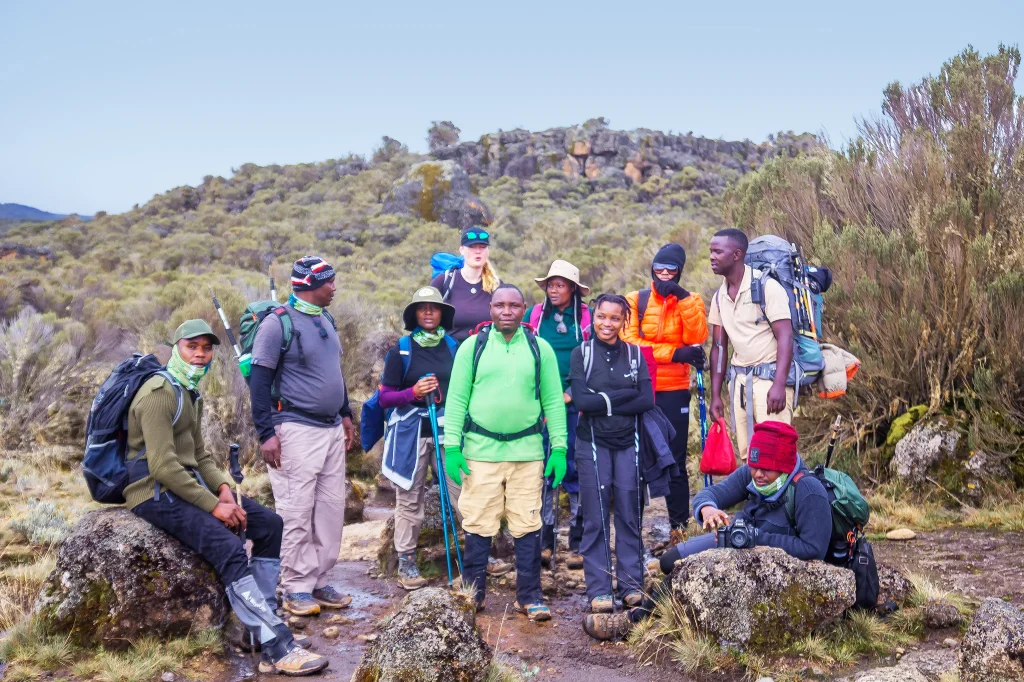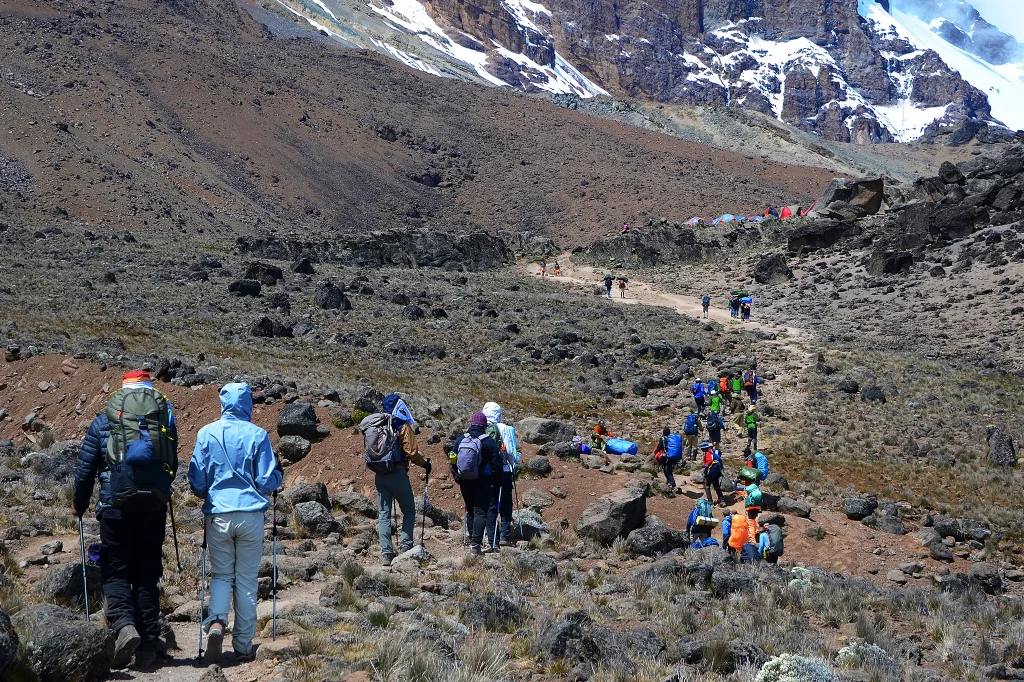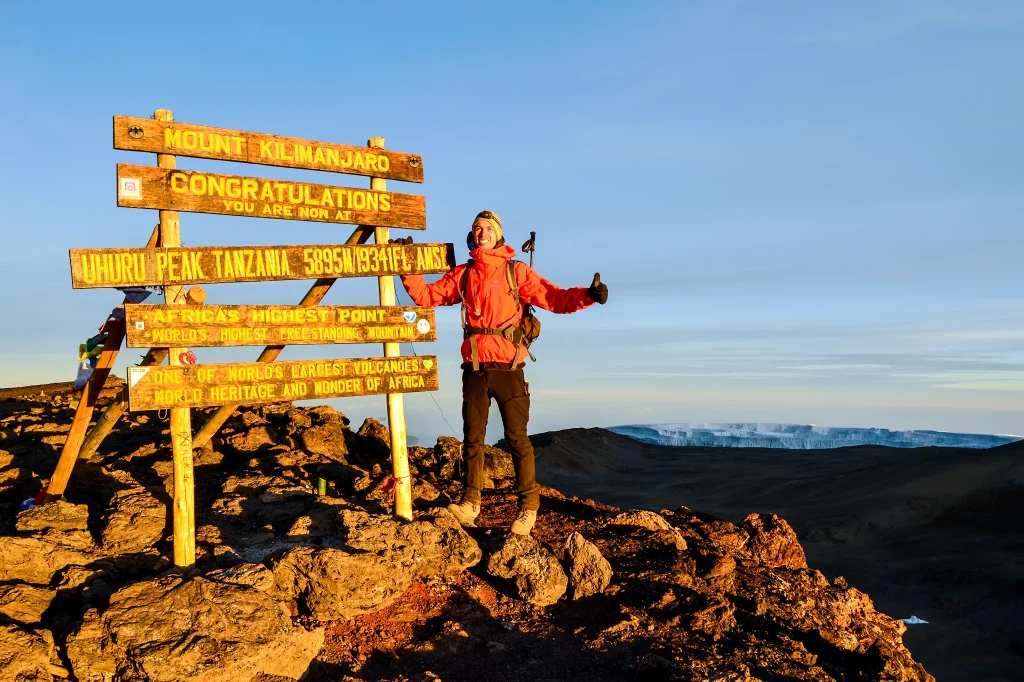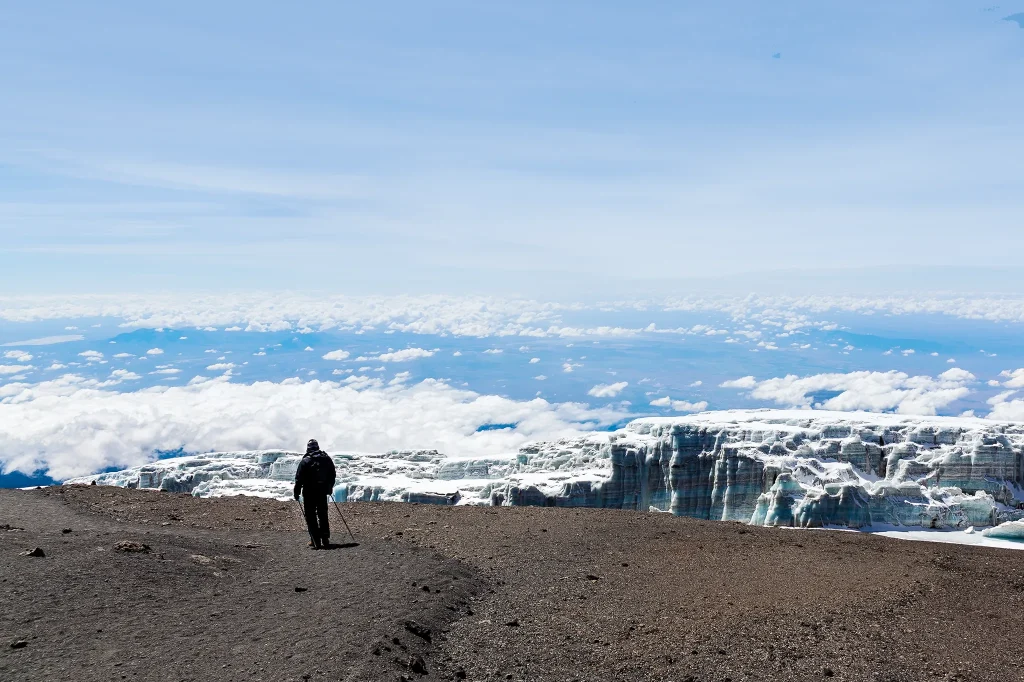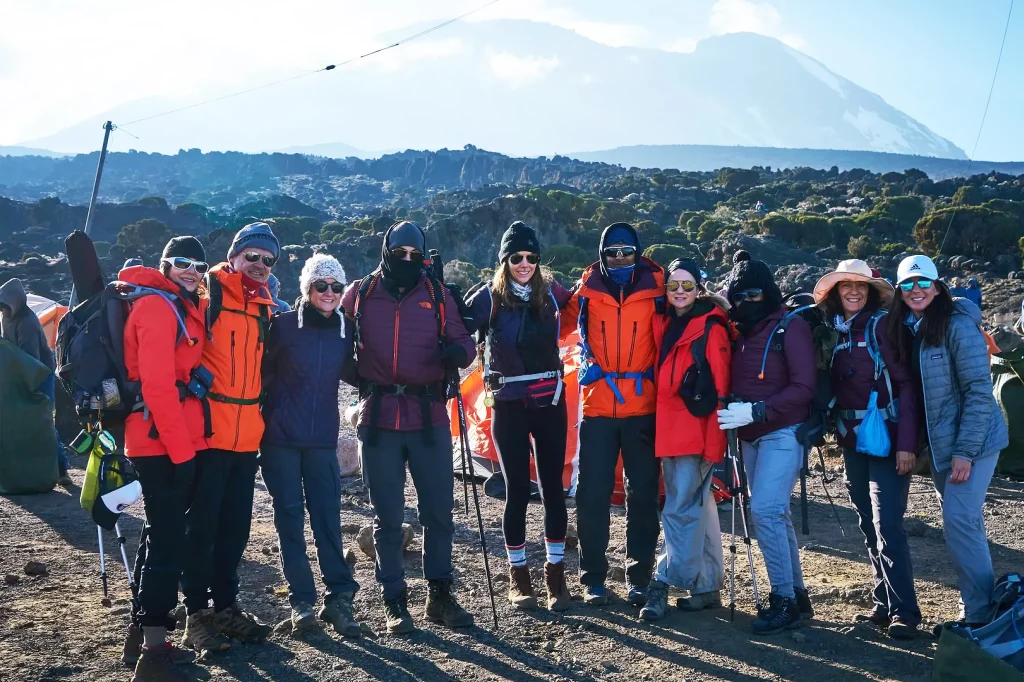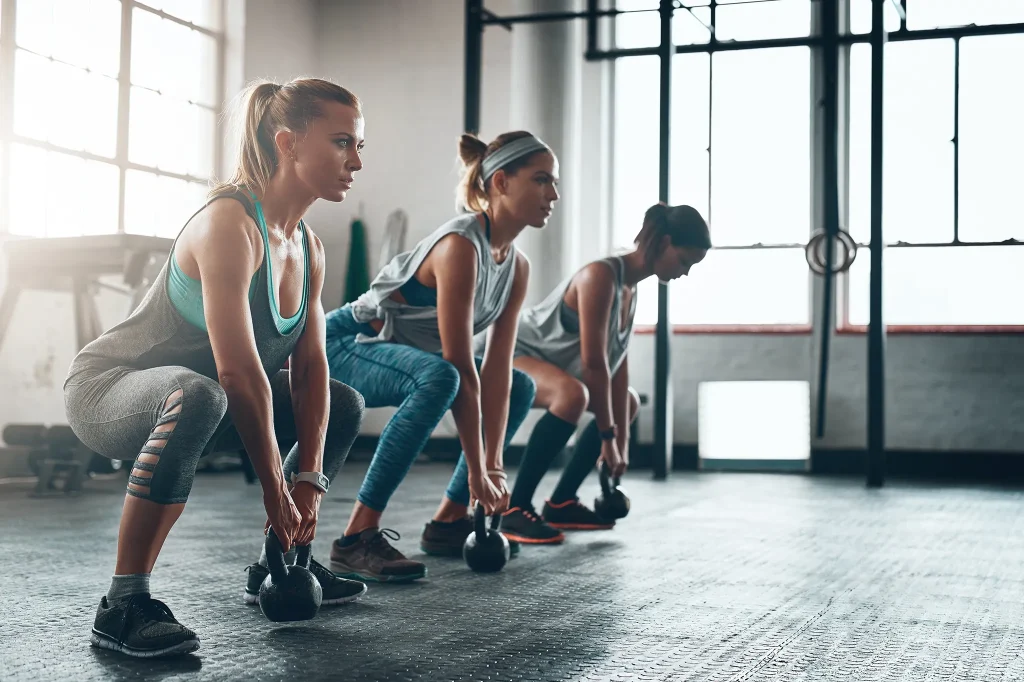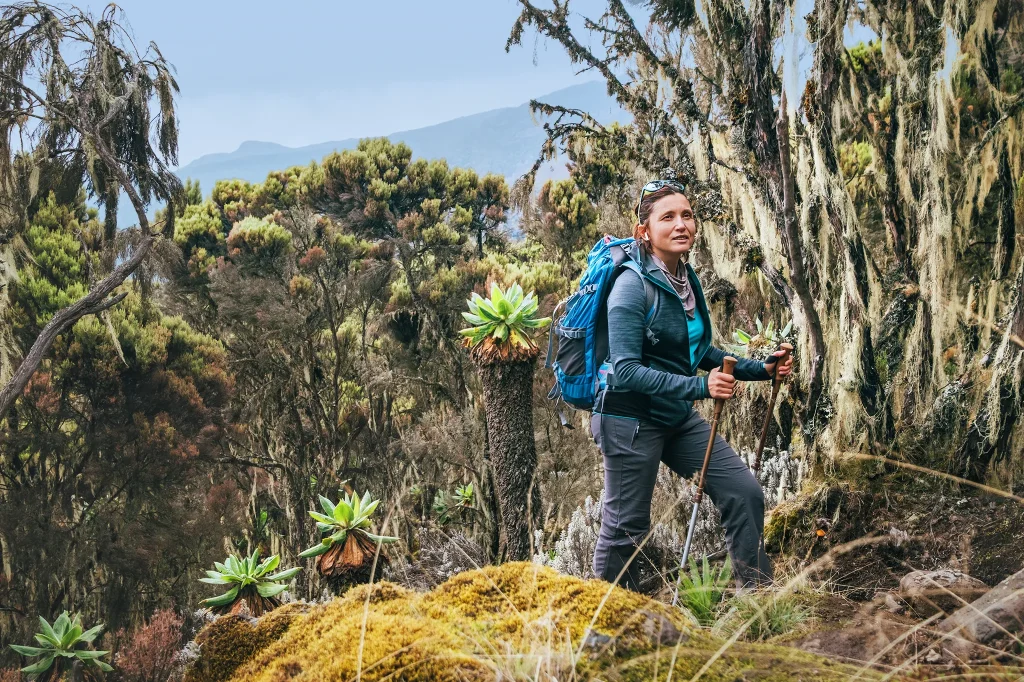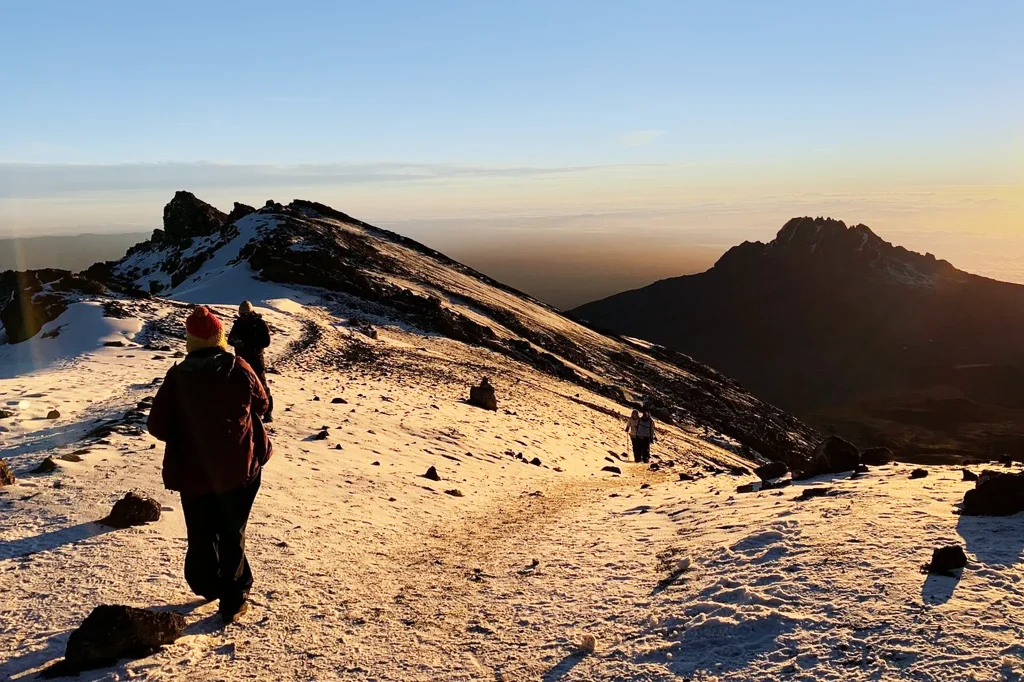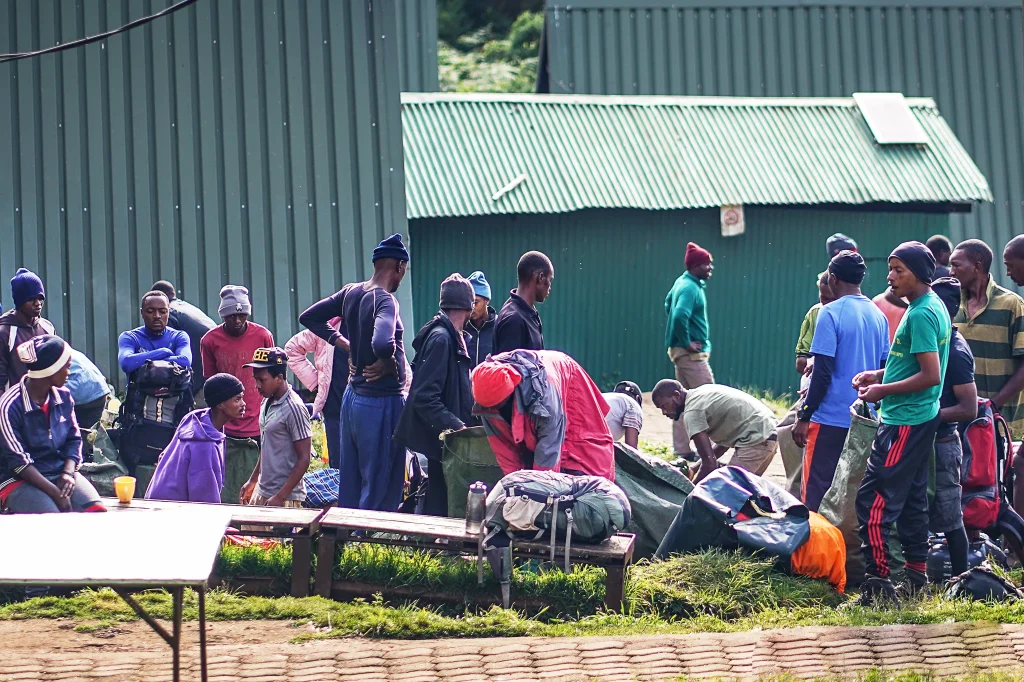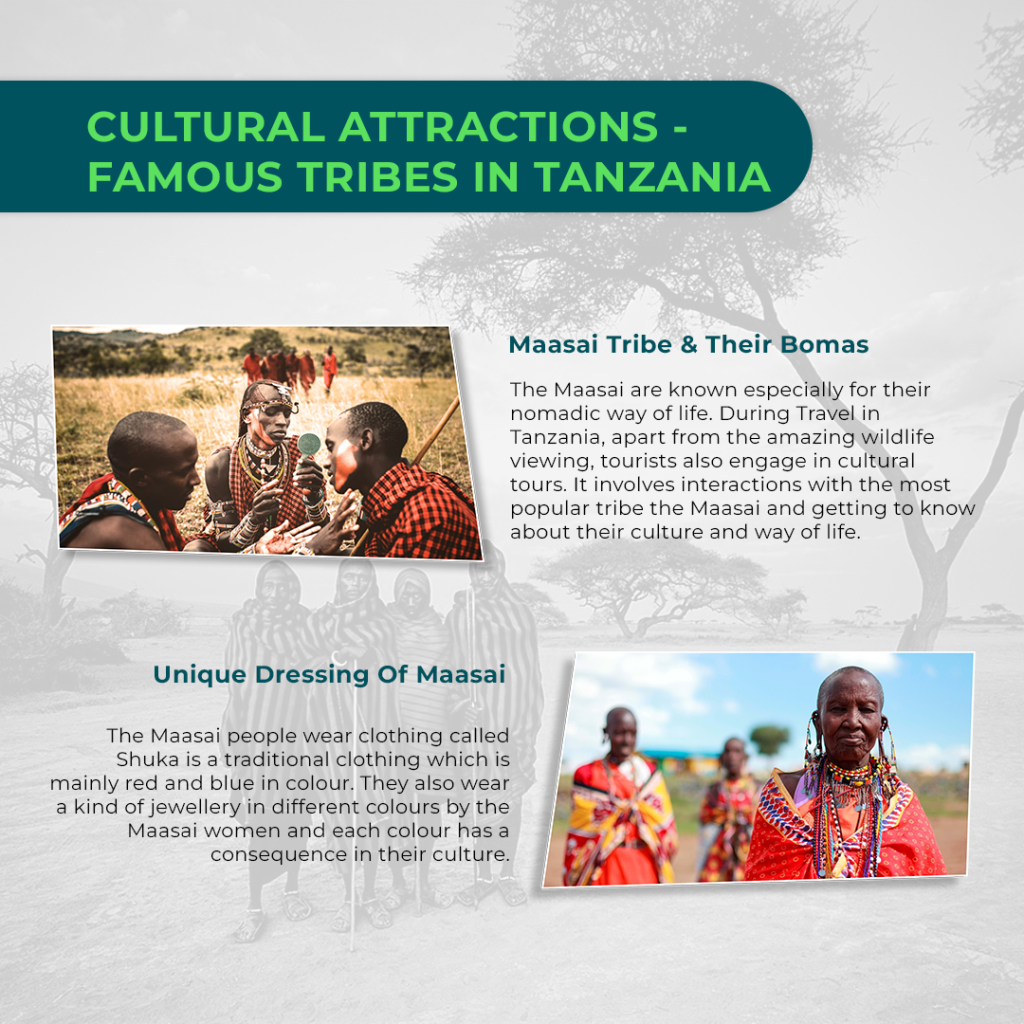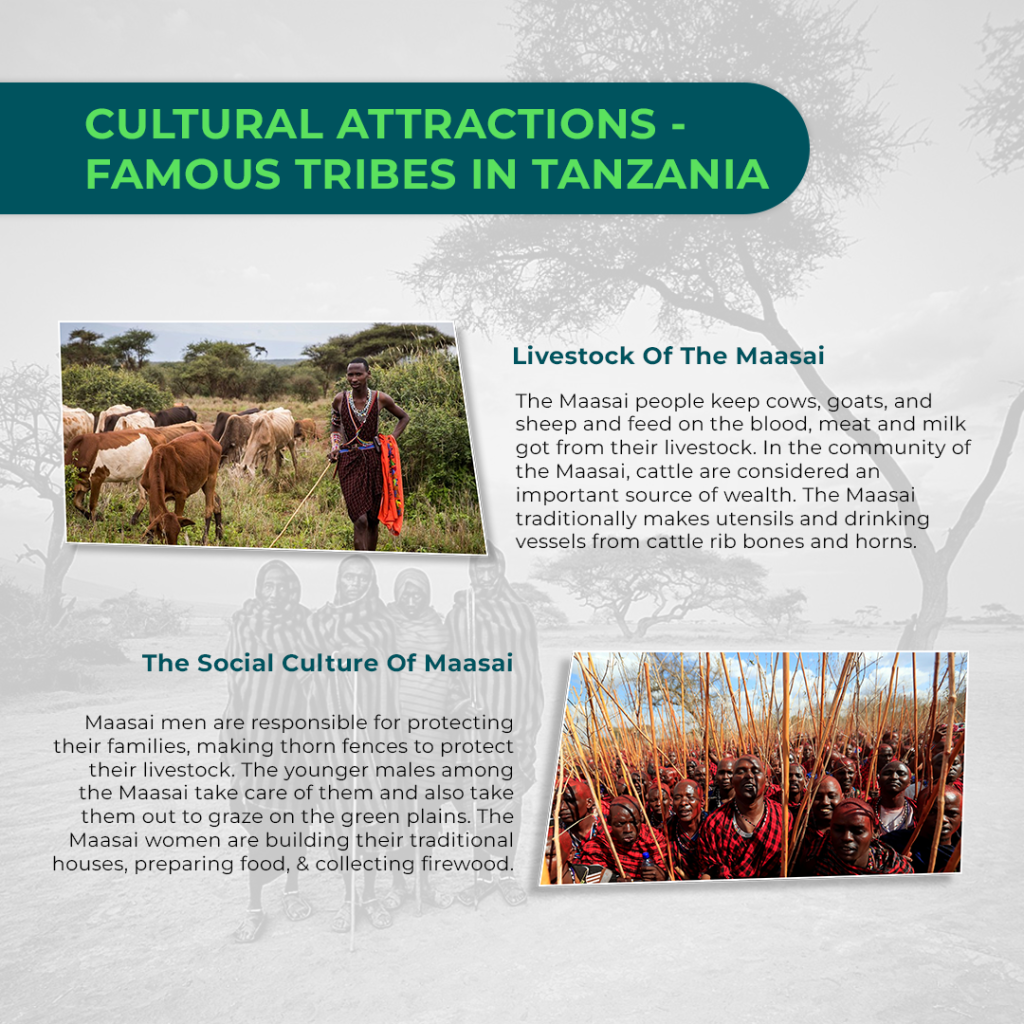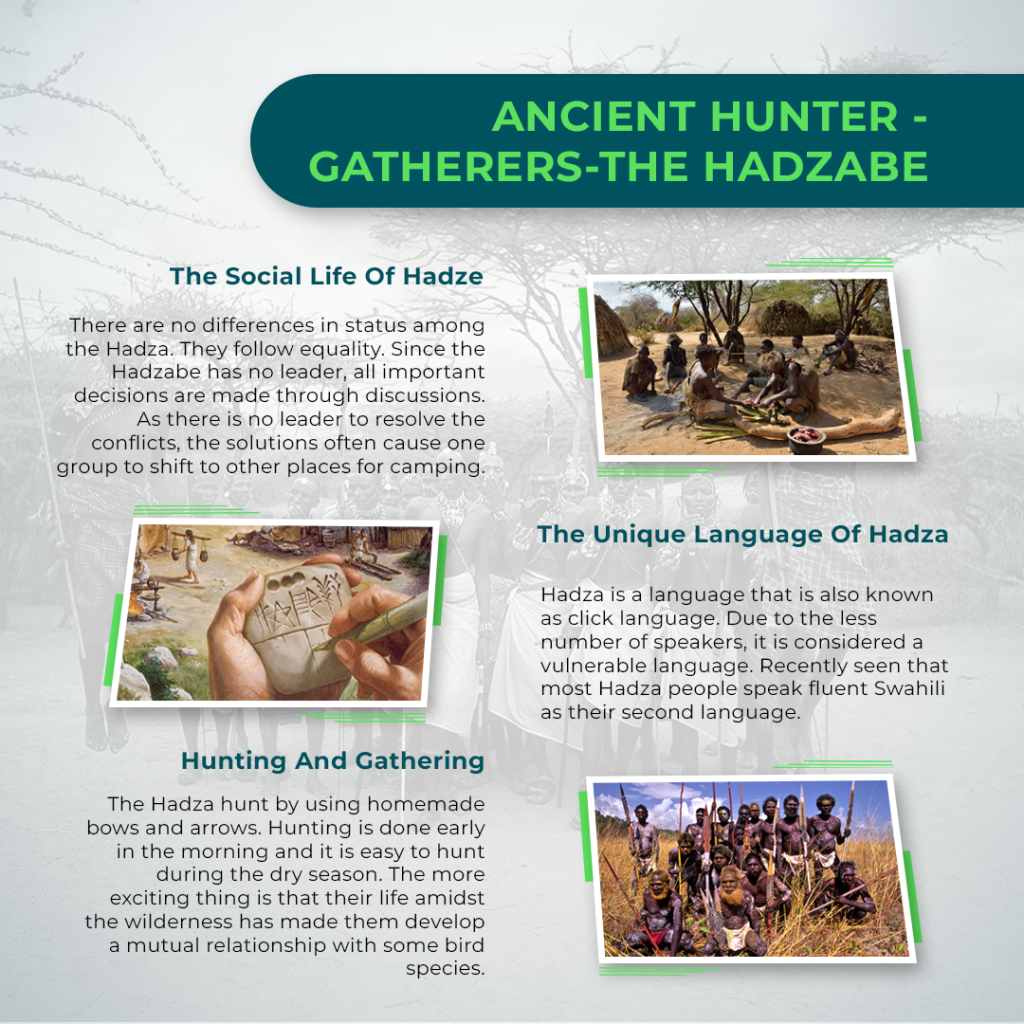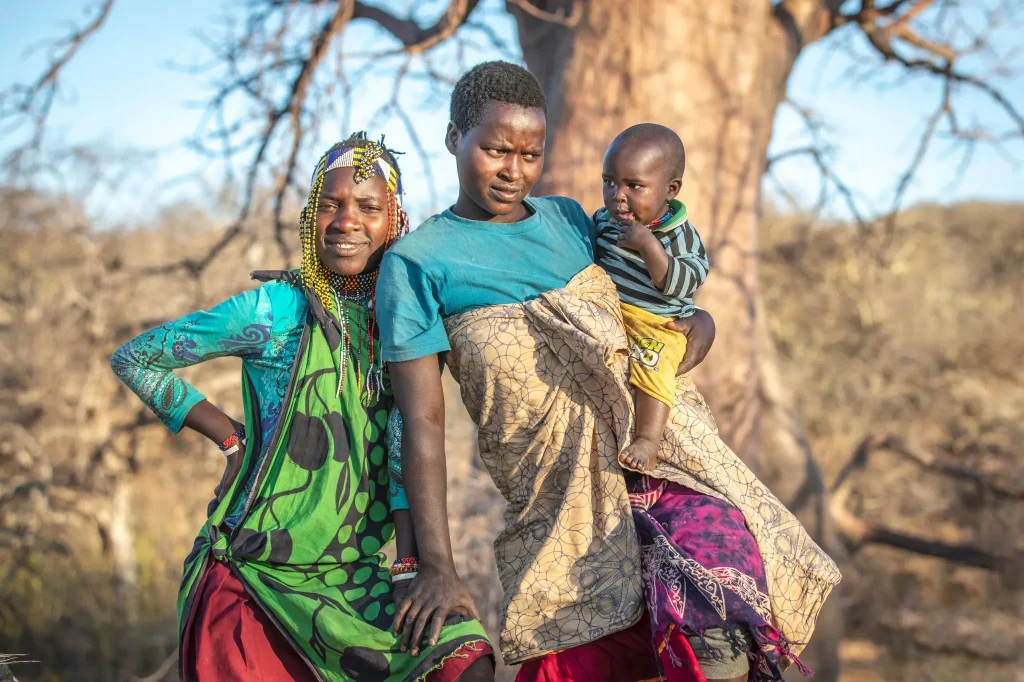So, you’ve decided to take the adventurous leap with a Mount Kilimanjaro Climbing experience? Picking the perfect Daypack For Kilimanjaro is an essential starting point to ensure you’re well-prepared for the journey ahead.
With African Scenic Safaris, we offer a variety of Kilimanjaro Climbing Packages, each tailored to different adventures. But irrespective of your chosen package, the daypack essentials remain constant.
In this blog, we’ll understand the must-haves for your ascent. It doesn’t matter if you’re a novice or a seasoned climber; get ready to optimize your journey up Africa’s pride! Let’s get started!
Choosing the Right Daypack
For the best experience during your Mount Kilimanjaro Hike, having an optimal day pack with an appropriate sizeis non-negotiable.
A size range between 30 to 35 litres usually strikes the balance of being spacious for essentials while fitting comfortably in an aeroplane’s overhead compartment. Hence, this is the ideal size for a Kilimanjaro Daypack.
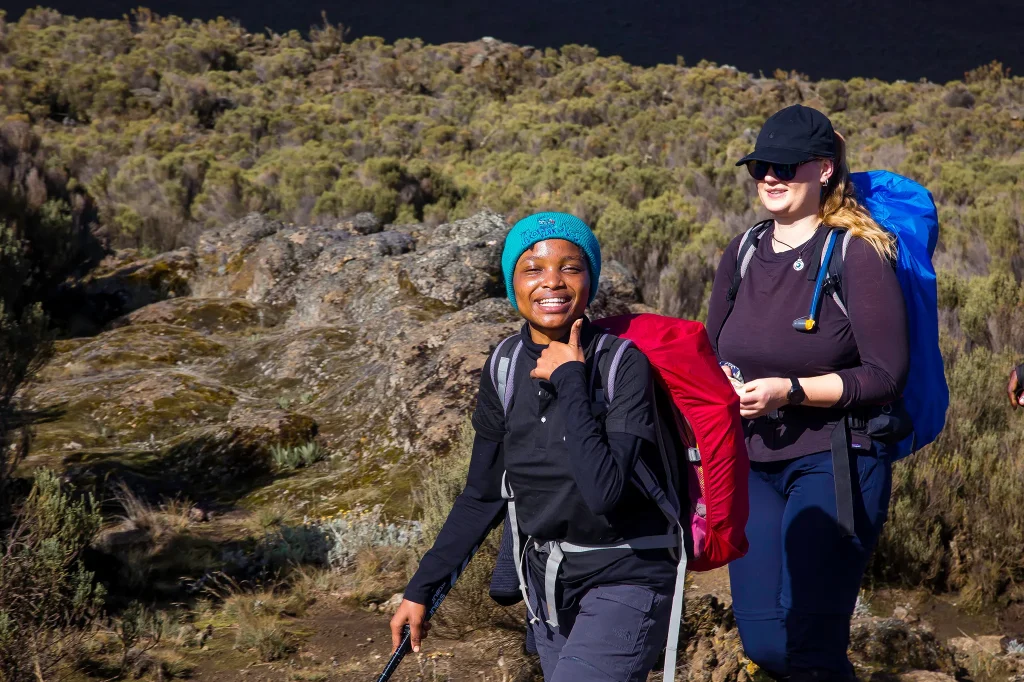
What to Carry in Your Daypack on Kilimanjaro?
Mount Kilimanjaro Climbing is a unique experience that presents varying climatic challenges. As you ascend, the fluctuating weather patterns demand that you have specific items in your daypack for hiking Kilimanjaro. Below is the list of essentials that you should include for a hassle-free Kilimanjaro Climb:
Clothing Essentials for Varied Terrains
Layering is vital during your Kilimanjaro Climb. Varying temperatures from the base to the summit require adaptive attire. Make sure to have:
- Convertible pants are ideal for varying temperatures.
- Base layers and moisture-wicking shirts make you stay dry and comfortable at all times.
- Rain gear, including a rain jacket and potentially rain pants, to shield you from sudden showers.
- A fleece pullover, beanie, and a puffy jacket for the chilly elevations.
- Extra socks and sturdy hiking shoes.
- A sun hat, light gloves, and extra underwear.
Sustenance and Hydration
During your Mount Kilimanjaro Hike, you’ll need ample hydration and nourishment. Hence, include the following things in your Daypack for Kilimanjaro.
- A hydration bladder or bottle can hold 3-4 litres of water.
- Energy bars, trail mix, or candy to keep your stamina up.
- Don’t forget the packed lunch provided by your tour service.
Miscellaneous Must-Haves
Here is a list of miscellaneous must-haves that you need to carry with you when navigating Kilimanjaro Climbing Routes for a better experience:
- First-Aid Kit: Band-aids, personal medication, blister treatments, and more.
- Protection: Sunscreen, lip balm with sun protection, and hand sanitizer.
- Essentials: Toilet paper, tissues, and handkerchief.
- Technology Kit: Camera, extra batteries, and spare SD cards.
- Spare Boot Laces: Because it’s always good to be prepared.
Special Note: Did you know that Mount Kilimanjaro has five distinct ecological zones? This means you'll transition from tropical heat to icy alpine conditions as you ascend! So, when packing your Kilimanjaro Daypack, including all the items mentioned earlier is super important. This way, you'll be ready for any weather change during your climb.
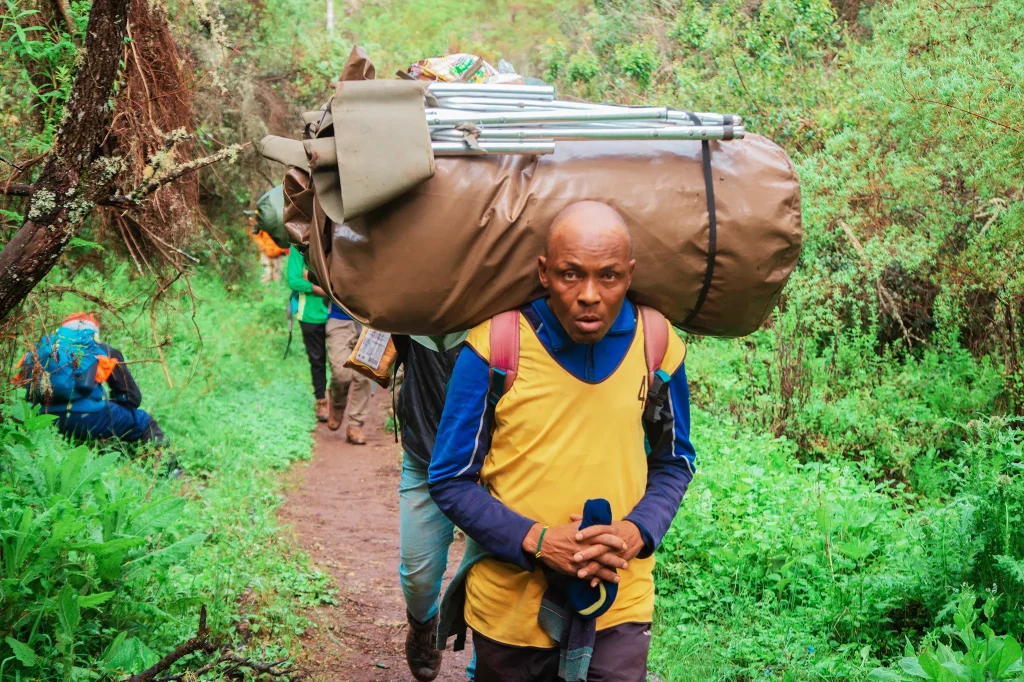
How Should I Pack My Kilimanjaro Daypack?
How you pack matters a lot when you’re getting ready for your Kilimanjaro Climbing adventure! It’s not about just throwing things in. Organise your items neatly so you can find them quickly and they don’t get lost.
- Use Small Bags. Group similar items in a zip-lock bag, like sunscreen, lip balm, and sanitiser. Keep snacks in another small pouch.
- Keep Clothes Together. Things like hats, gloves, and scarves? Put them in a separate pouch or sack.
- Balance is Key. Keep the heavy stuff in the middle within your Kilimanjaro Daypack, like water. It helps in walking straight and not feeling off-balance.
- Use Straps. If your daypack has straps, tighten them. This stops things from moving around when you walk.
- Stay Consistent. Always keep specific items in the same spots—you know exactly where to find something when needed.
- Built-in rain cover. Ensure your Daypack for Kilimanjaro has a built-in rain cover. If not, invest in one. Additionally, you can use a waterproof sack inside your daypack as an added measure against rain.
Understand that being unprepared can lead to discomfort and potential health issues. For instance, dehydration at high altitudes can lead to altitude sickness. Furthermore, not dressing appropriately can lead to hypothermia or sunburn. Hence, packing correctly can save you from a lot of trouble when Climbing Kilimanjaro.
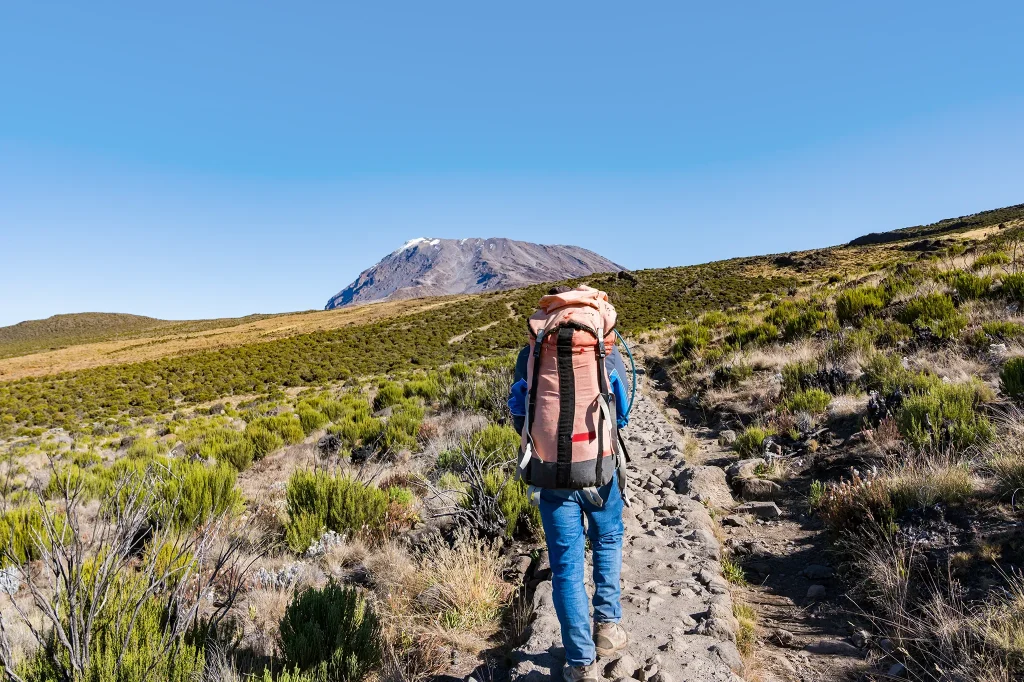
Pack Right and Climb Right with Us!
Packing your Daypack for Kilimanjaro efficiently is crucial for a comfortable and safe ascent.
With the right gear and essentials, your Mount Kilimanjaro Climbing experience will not only be about reaching the summit but also about enjoying every step of the journey.
For unmatched Kilimanjaro Climbing Tours and expert advice, connect with us at African Scenic Safaris.


